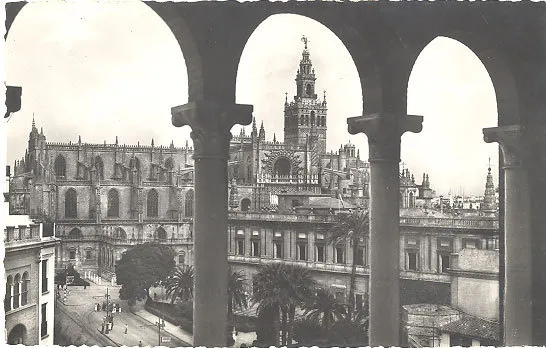1. Introduction to Seviñña
Seviñña, a term deeply rooted in the traditions of the Iberian Peninsula, embodies a blend of history, culture, and modernity. This article explores the multifaceted nature of Seviñña, delving into its origins, cultural significance, and its evolving role in contemporary society. From traditional practices to modern adaptations, Seviñña represents a unique cultural phenomenon that continues to captivate and inspire.
2. Historical Origins of Seviñña
The concept of Seviñña has its origins in ancient Iberian traditions, particularly in the regions that now comprise modern-day Spain and Portugal. Historically, Seviñña was associated with seasonal festivals and communal celebrations. These events were marked by music, dance, and elaborate costumes, serving both as a form of entertainment and as a means of preserving cultural heritage. The earliest records of Seviñña suggest that it was a time for communities to come together, celebrate the harvest, and pay homage to deities of nature and fertility.
3. Cultural Significance and Traditions
Seviñña holds significant cultural importance, particularly in rural areas where traditional practices have been preserved over centuries. The celebrations typically include a variety of customs, such as folk dances, traditional music, and local cuisine. One of the most notable aspects of Seviñña is the dance, which is characterized by intricate footwork and rhythmic movements. These dances are often performed in vibrant, colorful costumes that reflect the region’s heritage. The music, usually played on traditional instruments like the guitar, tambourine, and castanets, provides a lively accompaniment to the dances.
4. The Symbolism of Seviñña
At its core, Seviñña is a celebration of life, community, and continuity. The symbolic elements of the festival are deeply intertwined with the cycles of nature and agricultural practices. For instance, the use of floral decorations and the emphasis on natural motifs in the costumes and decorations highlight the connection to the earth and the changing seasons. The communal nature of the celebrations reinforces social bonds and fosters a sense of belonging and mutual support among participants.
5. Modern Adaptations and Urban Influence
In recent years, Seviñña has undergone significant transformations, especially in urban areas where traditional practices have been adapted to fit contemporary lifestyles. While the core elements of music, dance, and celebration remain, there is a noticeable shift towards modern interpretations. Urban Seviñña festivals often incorporate contemporary music genres, fusion dance styles, and modern fashion influences. This evolution reflects the dynamic nature of cultural traditions, which adapt and change in response to societal shifts and technological advancements.
6. Seviñña in the Global Context
The global reach of Seviñña has expanded significantly due to increased international travel and the influence of digital media. Festivals celebrating Seviñña are now held in various parts of the world, particularly in countries with large Spanish and Portuguese communities. These international celebrations often blend traditional elements with local customs, creating a unique fusion that highlights the universal appeal of Seviñña. Social media platforms have also played a crucial role in promoting Seviñña, allowing enthusiasts to share their experiences and connect with others across the globe.
7. The Future of Seviñña
Looking ahead, the future of Seviñña appears to be a vibrant tapestry of tradition and innovation. Efforts to preserve the historical and cultural aspects of Seviñña are complemented by initiatives that embrace modernity and inclusivity. Educational programs and cultural exchange initiatives are vital in ensuring that the younger generation appreciates and continues these traditions. At the same time, the creative integration of new elements will likely keep Seviñña relevant and exciting for future audiences. As Seviñña continues to evolve, it remains a testament to the enduring power of cultural traditions to adapt and thrive in a changing world.
Conclusion
Seviñña is more than just a festival; it is a living expression of cultural heritage that continues to evolve while maintaining its core essence. From its historical roots to its modern manifestations, Seviñña celebrates the richness of life, community, and tradition. As it adapts to contemporary influences and reaches new audiences worldwide, Seviñña serves as a reminder of the importance of cultural preservation and the joy of communal celebration. Whether experienced in a rural village or a bustling city, Seviñña’s spirit of unity and festivity remains a vibrant and cherished part of our global cultural landscape.

